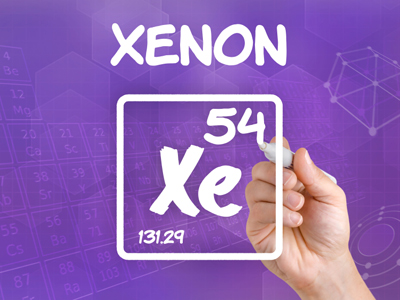
Bonding
This Chemistry quiz is called 'Bonding' and it has been written by teachers to help you if you are studying the subject at high school. Playing educational quizzes is a user-friendly way to learn if you are in the 9th or 10th grade - aged 14 to 16.
It costs only $12.50 per month to play this quiz and over 3,500 others that help you with your school work. You can subscribe on the page at Join Us
Molecules are formed when atoms bond together. Chemical bonding is hugely important in chemistry and, unsurprisingly, it forms a large part of the high school Chemistry syllabus. This quiz looks at some of the types of bonding – covalent, ionic and metallic - which occur between different elements.
Ready for more?
not all...
quizzers. Try to win a coveted spot on our Hall of Fame Page.







